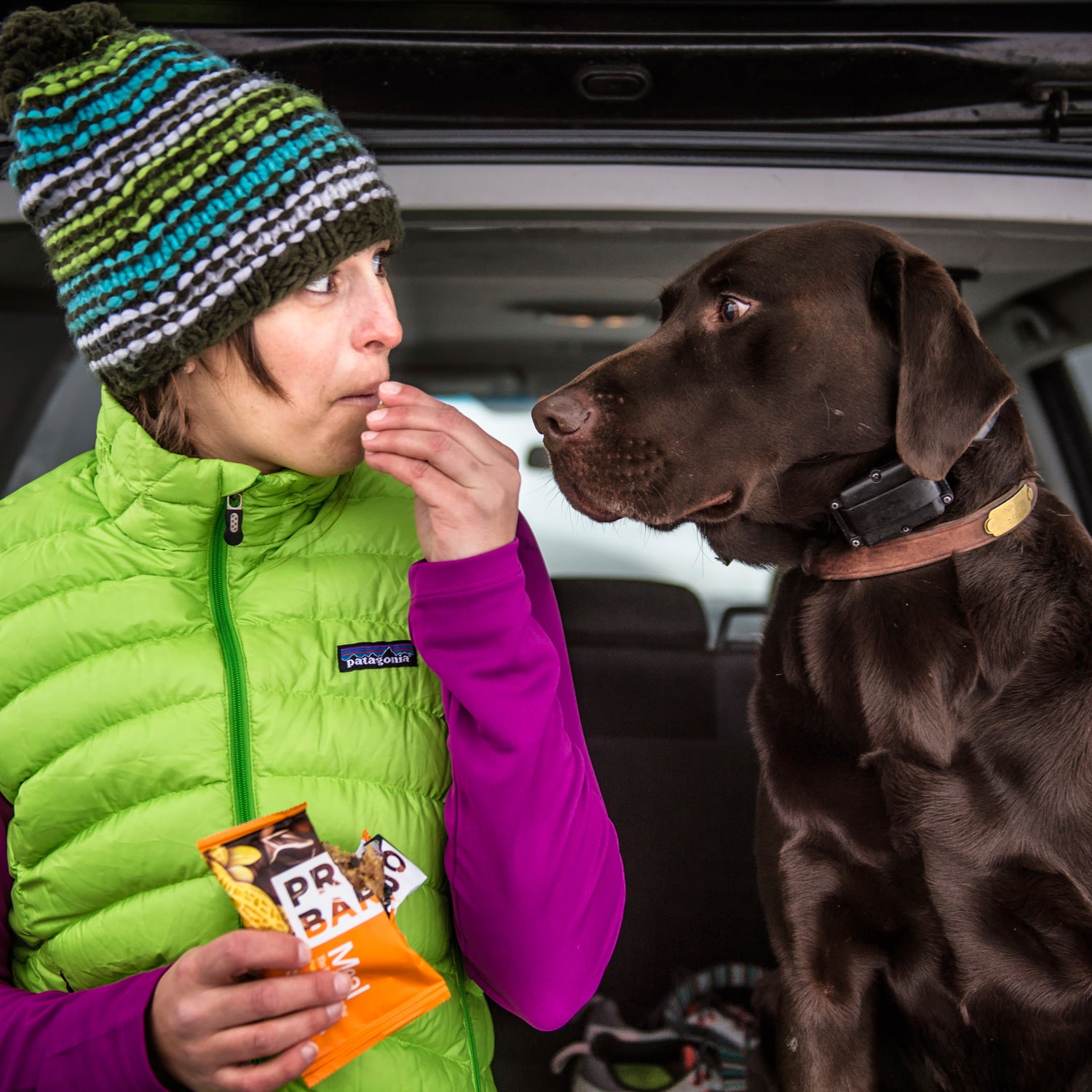For many people, getting a dog means bringing home the first adorable puppy they meet and hoping for the best. Sometimes this goes well. Sometimes it doesn’t. If you live an active lifestyle and plan to include your dog in your regular adventures, it’s worth taking the time to find an ideal match. This means considering characteristics like size, energy level, temperament, and even how much it’s likely to shed. “You’re entering into a 15-year relationship,” cautions KC Theisen, director of pet care issues for the Humane Society of the United States, “You want to find a dog whose personality and type you really love.”
Start by focusing on the breed, which is typically the best indicator of the animal’s temperament, character, and physical capabilities. But don’t stop there. If you’re getting a purebred, looking at those photos on a kennel’s slick website is just the start. Make sure to find a reputable breeder, and ask a lot of questions about the dog’s lineage. “Look for someone affiliated with a breed club who’s been breeding a long time,” says Gina DiNardo, vice president of the American Kennel Club, which maintains . “They should be willing to provide health testing records and let you come into the home. You don’t want to meet someone in the back parking lot of a Walmart.”
If you’re getting a dog from the shelter, it’s often impossible to determine the animal’s breed or mix, but you can learn a lot by talking to the staff and volunteers about the dog’s behavior and where it came from.
Remember: every dog is different and there can be a lot of variation within breeds. This is where a dog’s family history really matters. In the end, the most important part of choosing a dog is finding one whose character seems to suit your own. “If you have a bond, the rest of the physical traits that somewhat matter will work themselves out,” Theisen says. “I mean, I’ve seen corgis with three-inch legs go bouldering.”
Water Man
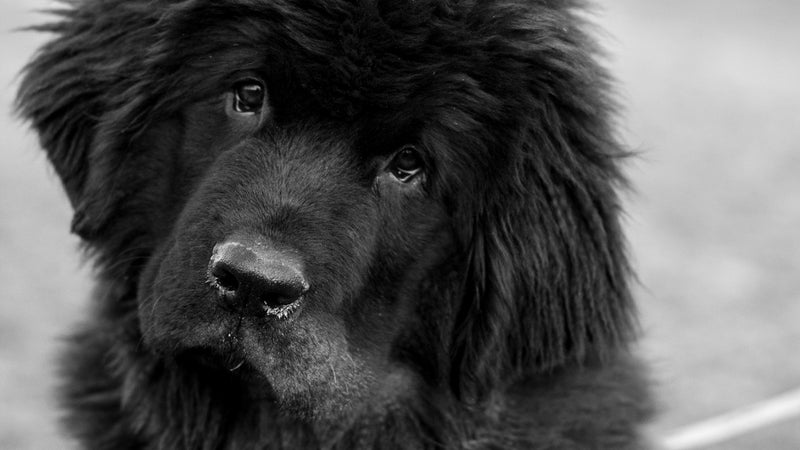
Large: Newfoundland
“If you’re into watersports, a dog with a waterproof coat is going to be a godsend,” says Theisen. Newfoundlands have thick, warm, oily fur, as well as powerful webbed feet, which is why they make excellent water rescue dogs. Some have even been trained to drop into the sea from helicopters. They’re also typically sweet, loyal, and devoted companions. But their size—between 100 and 150 pounds—and corresponding high levels of shedding make them a lot to handle in smaller homes.
Medium: Portuguese Water Dog
These happy, curly-haired canines have a high cuteness factor and tend to be both adventurous and affectionate. Bred to be working dogs by Portuguese fishermen, they can swim all day (and have the waterproof coat and webbed feet to do so). But you better be able to spend a lot of time with this breed. “This is a really intelligent dog,” says Amber Burckhalter, CEO of K-9 Coach in Atlanta and president of the board of trustees for the Association of Professional Dog Trainers. “If you don’t entertain them mentally, they’ll entertain themselves, and that generally is not a good thing.”
Small: American Water Spaniel
A great option for people looking for the qualities of a Newfie in a more compact package. American water spaniels were bred in the 1800s to retrieve game, jumping off boats to nab birds from the water. As a result, they’re strong swimmers and, with water-resistant double coats. These dogs are typically happy, eager, and athletic. They love to hunt and—bonus—they won’t shed as much as other water-ready breeds.
Mountain Man
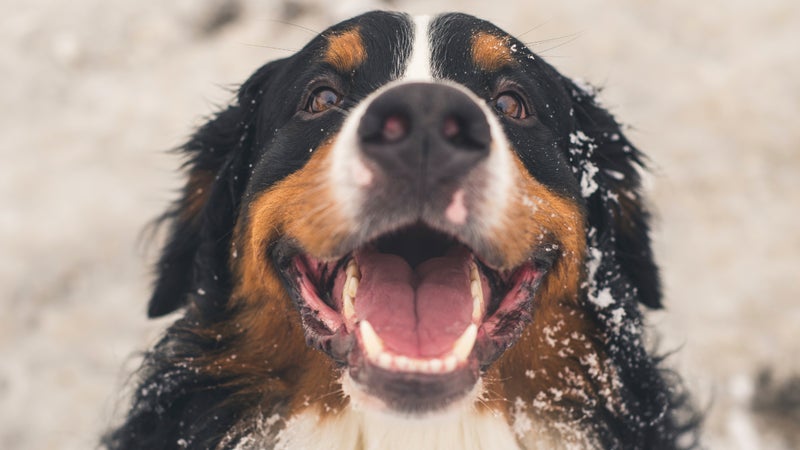
Large: Bernese Mountain Dog
These working dogs hail from the Swiss Alps, where they have pulled carts and managed cattle for nearly 2,000 years. In recreational settings, they display impressive strength and endurance. “You can even put a pack on them and they’ll carry it,” says Burckhalter. A Bernese mountain dog will often become particularly attached to one person, who will have great control of the animal off-leash. But clean freaks beware: that long, silky coat is going to get all over your furniture.
Medium: Norwegian Lundehund
This is a clever and sensitive dog that can easily keep up with a capable climber, and then some. Also known as the Norwegian puffin dog, this rare, ancient canine hunted cliff-dwelling puffins in Norway. Six toes on each foot, elongated pads, and elastic joints help Lundehunds climb up sheer faces. But the they also thrive in water thanks to webbed feet and prick ears that fold closed to protect against water and dirt.
Small: Jack Russell Terrier
Pint-size Jack Russells are known for their outsize personalities: strong-willed but affectionate, highly intelligent, and extremely energetic. That high-pitched bark can take getting used to, but pick this breed and you’re guaranteed a superb hiking or running buddy. “They’re fearless little beasts—and they sit in everything,” says Burckhalter. “You can literally put them in a backpack.” Originally, Jack Russells were bred to dive into holes after foxes, and many are still tenacious hunters, regularly zooming after squirrels.
Endurance Athlete
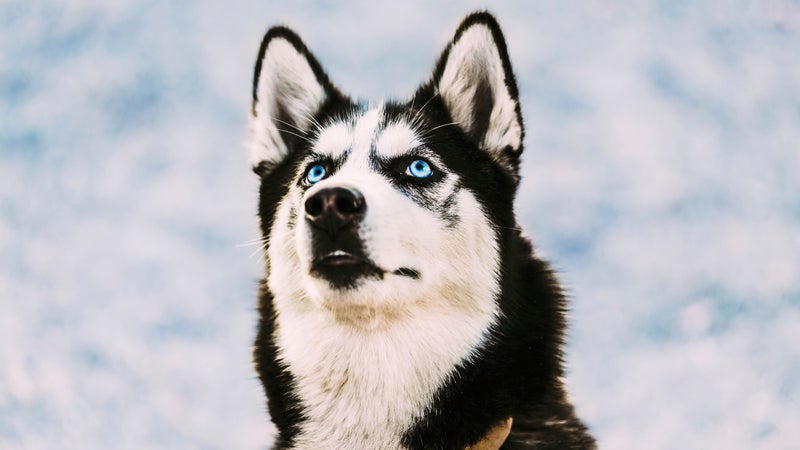
Large: Siberian Husky
Huskies love nothing more than to run all day long, even if they’re not pulling a sled. “These dogs have the biggest ability to go long distances,” says DiNardo. “They have tons of energy.” Because they’re accustomed to cold climates, they have a thick coat and it’s not uncommon to see them happily sleeping outdoors in negative temperatures. As loyal and gregarious pack animals, they often make excellent family dogs.
Medium: Weimaraner
Weimaraners, first bred by German nobles almost 200 years ago, are known as fast, fearless, and blessed with incredible stamina. “They’re hunting dogs, bred to work in the field for eight to ten hours a day, and they’re going to want to run,” says Burckhalter. “If you’re not an active person, you shouldn’t own one of these.” Their short coats aren’t so cuddly, but they don’t shed a lot and don’t require much grooming.
Medium: Border Collie
“Border collies are exercise maniacs,” says DiNardo. They are known for their agility and balance on rough terrain, and ten-mile runs or mountain bike rides are no problem as long as you develop their fitness gradually. Bred to herd sheep, they are known to be extremely intelligent. While most are high-octane workaholics, they’re also game for regular cuddle time.
Family Guy
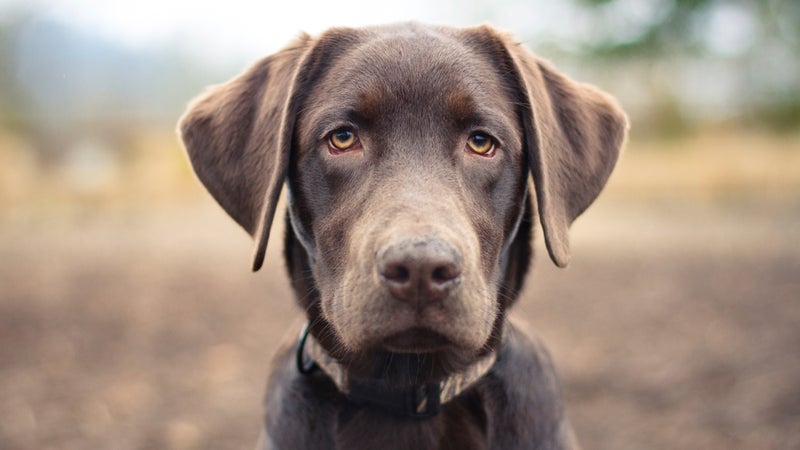
Large: Labrador Retriever
There’s good reason why the Labrador retriever is the most popular dog breed in America. Most labs are warm, friendly dogs that play well with other canines and are gentle with kids. They’re typically rugged, intelligent, and very active, which means you’ll need to be committed to regular romps. Labs are at home in all kinds of terrain. Many love to swim—their weather-resistant double-coat helps.
Large: Golden Retriever
Goldens are similar to labs and almost as popular. Friendly, intelligent, and happy in various climates, they’re a highly adaptable breed and are often trained to work in search and rescue missions or as guide dogs for the blind. Goldens are typically great around kids, but they are wellsprings of energy. Make sure they get plenty of exercise or they may develop behavioral issues.
Small: Beagle
“Beagles are happy, easygoing companions,” says DiNardo. Their loyalty, adorably quizzical expressions, and playfulness make them terrific dogs for kids. They’re also very good hunting dogs with exceptional endurance, which means they require regular long walks and runs.. But beware of letting your beagle off-leash. “They’re curious and will follow their nose, which can get them into trouble,” says DiNardo.


